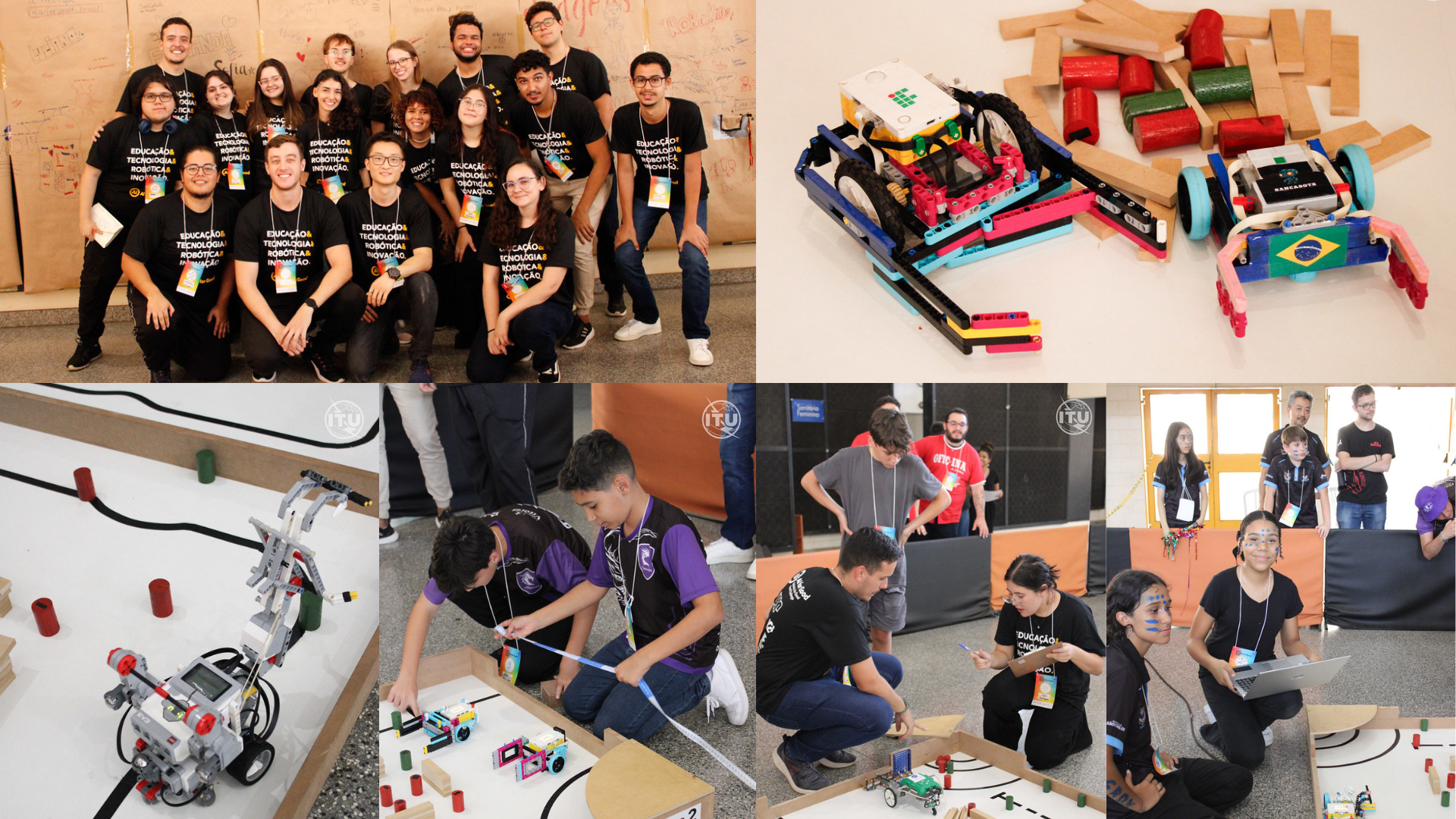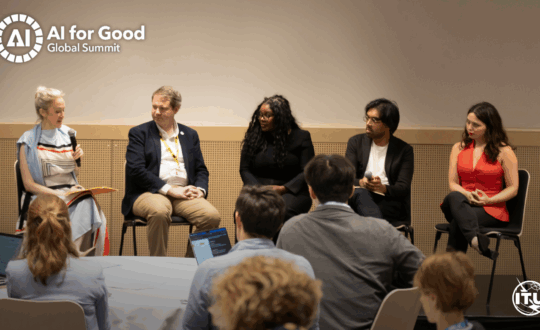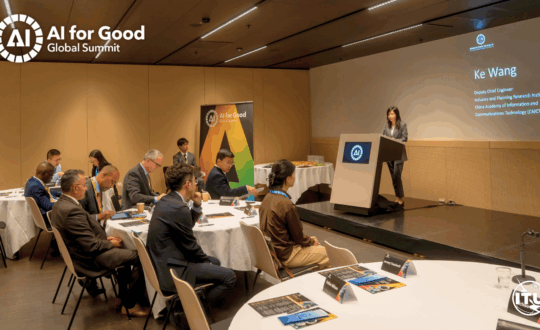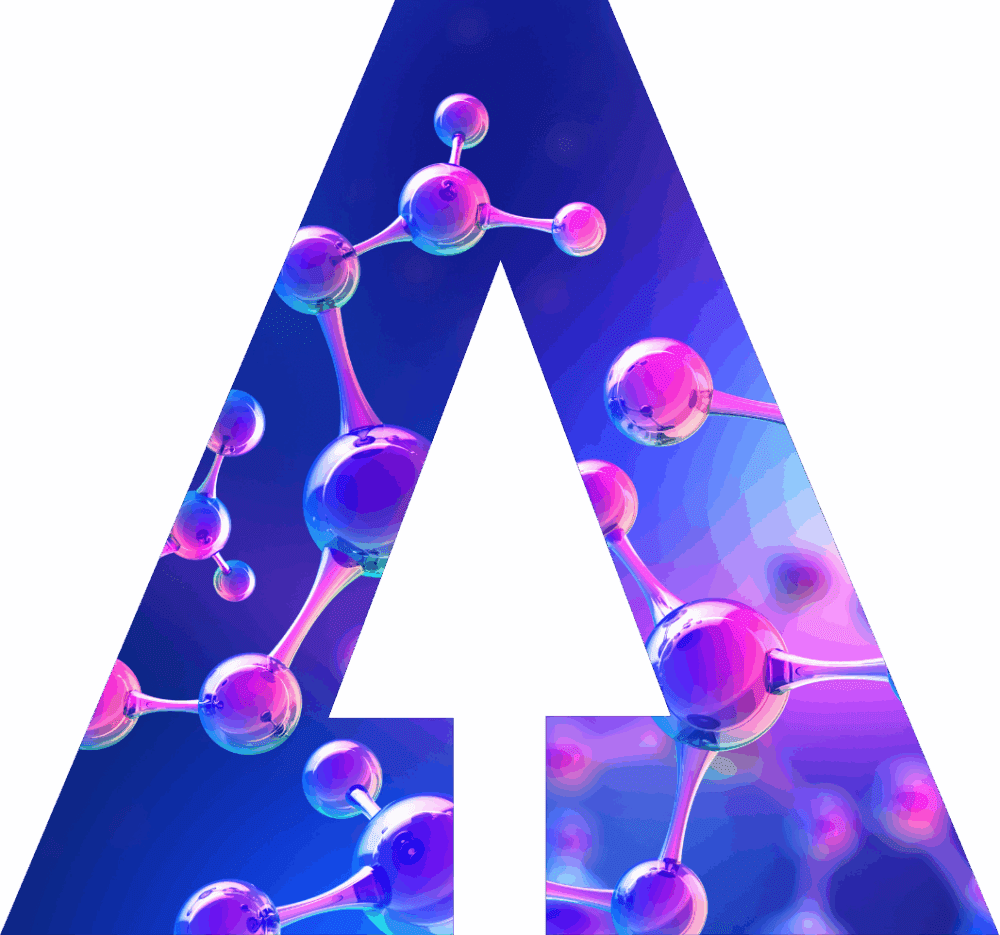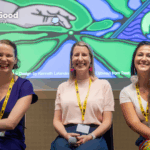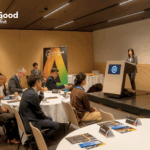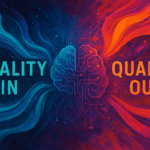Launched in 2024, the Robotics for Good Youth Challenge brings together young innovators from around the world to tackle real-world issues through robotics. With a focus on creativity, problem-solving, and sustainable development, the challenge gives students the opportunity to turn their ideas into action by using technology as the means for creating good.
In 2025, Brazil cleared its path into the spotlight with two standout teams in the national edition of the challenge. Representing the Junior Category, the Cyberdragons from Vargem Grande do Sul impressed with their hands-on approach and thoughtful robot design. In the Senior Category, Sancabots ao Resgate from IFSP Câmpus São Carlos showed adaptability in building two robots for a complex rescue mission. Both teams brought technical skills to the table but also a strong sense of passion and purpose.
Junior Category: Cyberdragons from Vargem Grande do Sul
Formed in 2022, the junior team Cyberdragons from Vargem Grande do Sul, Brazil, is a team of dedicated students between the ages of 10 and 14. This team has already made its mark on both national and international stages. Under the mentorship of Matheus Giglio da Silva, team members have worked tirelessly to build robots, and in the process, they have advanced their teamwork and problem-solving skills. By having an experience that intersects technology and competition, the students could learn new ways to overcome challenges, find alternatives to solve problems and know how to cooperate with each other, be more responsible and to be owners of their ideas.
For this year’s challenge, Cyberdragons built two different robots with clear strategies. The first robot is designed to rescue green victims, using the walls to help it navigate.
“When we have programmed the first robot (to catch the green victims), we have used the walls in our favor, so the robot touches its claw on the walls and we go straight ahead to catch the victims.” they said.

Junior Category: Cyberdragons from Vargem Grande do Sul
The second robot, meant for red victims, is programmed to move more cautiously, ensuring it doesn’t bump into walls and interfere with the rest of its path, they added that in the end the robot goes ahead to the hospital.
Their design decisions were closely tied to the robot’s mission, for instance, one robot was fitted with a larger claw to carry more green victims, while the other had a smaller claw suited to its lighter task. Over time, they had to adapt and as time went by, they found some problems with the claws of one of the robots, so they had to change its size, which shows their willingness to improve through iteration. Interestingly enough, Cyberdragons chose not to use any sensors in their design. Instead, every movement is controlled through motor rotation counts.
“Our robot was built by a programming that includes all the movement that the robot needs to do by the number of rotations of the motors, so it doesn’t use any sensors” they explained.
This approach made their programming easy to understand and adjust which was a major benefit during competition day because they mentioned it helped them on the day of the championship when they needed to change some values because of the variations of the game. The team used precise motor rotation values to guide the robot, helping it stay on track. They use programming with degrees numbers on the rotation of its motors, to be more precise on its way.
Their programming decisions paid off, especially at the Brazilian national championship, where they achieved their best score of 175 points. While their project does not yet use Artificial Intelligence, their efforts are rooted in a strong sense of purpose.
“Our idea is to protect the environment and the climate because of the buildings that fell off and destroyed the city,” they stated.
While Cyberdragons may be a young team, their dedication to learning, adapting, and working together is opening the way for innovation.
Senior Category: Sancabots ao Resgate from IFSP Câmpus São Carlos
In Brazil’s Robotics for Good Youth Challenge, one Senior team from IFSP Câmpus São Carlos is also making strides through their teamwork skills. The team, known as Sancabots ao Resgate, consists of seven students guided by their mentor Ricardo Arai. Together, they designed and built two robots with the names of Robertinho and Ricardinho, to rescue victims in a simulated disaster area.
The robots were built with a clear purpose in mind: Robertinho, the larger of the two, was responsible for transporting green victims to a safe zone and rescuing others from inside buildings. Ricardinho, more compact in size, was designed to focus on red victims found outside buildings. Both robots used internal gyroscopes to perform precise movements, allowing them to turn and navigate the course with accuracy.

Senior Category: Sancabots ao Resgate from IFSP Câmpus São Carlos
“The robots we used in the competition, Robotics for Good Youth Challenge, had a point-based movement, i.e. based on the location of the victims,” the team explained. “In addition, the two robots used, Robertinho and Ricardinho, have internal gyroscopes to rotate and change their direction of movement, ensuring rotation accuracy of up to one degree.”
As the project progressed, the team had to rethink their design. Initially, Robertinho was built only for green victims, with a wide base and large claws for safe transport. But when Ricardinho struggled to handle all the red victims, the team shifted tasks, assigning Robertinho the more demanding job of entering buildings to complete rescues. This meant increasing the torque on Robertinho’s engine to handle the added workload. Making changes to Ricardinho at that stage was especially difficult because the structure was already near completion.
The team chose not to include extra sensors, focusing instead on strong, reliable mechanical design. Every movement the robots made was planned to match the specific locations of the victims and the final destinations: the hospital or the refuge. Their planning and design paid off in some areas, particularly with the rescue of green victims.
“The strategy we put together was effective for the rescue of the green victims, we managed to rescue all of them quite accurately, mainly because of Robertinho’s structure and programming,” they explained. “However, the rescue of the red victims, both from inside and outside the building, and the two green victims from the building, was not successful.”
While Ricardinho’s role as a “stone robot” helped block rubble and protect victims, the challenge of rescuing red victims highlighted the need for improvements in both design and execution. Programming the robots was no small task either since Robertinho, in particular, needed to perform complex zigzag movements, which made the programming process more demanding. The code was split into two parts: one controlling the robot’s basic movements and another setting the timing and execution for those movements.
Looking ahead, the team hopes to enhance the robots by integrating computer vision and boosting their ability to rescue more victims in future rounds. Their goal is not just to score higher but also to continue pushing their own limits and improving their results.
All roads lead to Geneva:
As national finalists in their respective categories, Cyberdragons (junior) and Sancabots ao Resgate (senior) will represent Brazil at the AI for Good Global Summit, taking place from 8 to 11 July 2025 in Geneva, Switzerland. There, they will join young innovators from around the world to present their work in the grand finale of the Robotics for Good Youth Challenge, sharing their ideas and solutions on an international stage.
Be part of the experience by discovering more about the Summit here.


